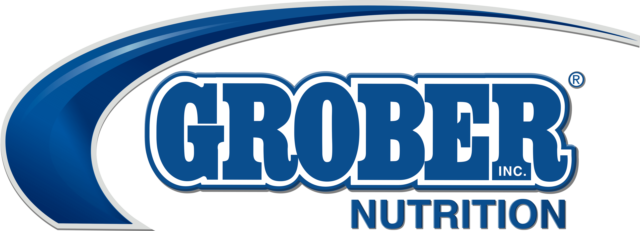Lameness is a common health issue in dairy cows and can be characterized by a change in a cow’s walk or gait. This condition has a substantial impact on health and welfare and leads to a wide array of economic consequences, such as reduced milk production and reproductive performance, and an increased risk of premature culling. Early identification and treatment of the underlying conditions responsible for causing lameness are critical for providing effective, inexpensive treatments and for preventing future issues.
Visual observation is a commonly used method to detect lameness as it is non-invasive, inexpensive and does not require specific equipment. However, this approach is time consuming, labour intensive and consistent lameness scoring requires repeated training with consistent scales. As a result, researchers are testing alternative, automated methods for assessment of lameness to identify and treat cows before more severe lameness develops. Research conducted at McGill University, led by Dr. Elsa Vasseur, is investigating the ability of technology to detect lameness using kinematics, the study of motion.
In a first project, a total of 21 Holstein cows were video recorded as they moved through a walkway with reflective markers placed on different joints of their front and hind limbs (Figure 1). Using a 3-D analysis program and artificial intelligence (AI), this method of detecting lameness showed high performance with 91% accuracy reported for classifying lame and non-lame cows. This model could one day provide dairy farmers with an automated method of detecting lameness by setting up cameras along passages that cows normally walk through, such as parlour exits.

A second project was conducted by Vasseur’s team jointly with Dr. Abdoulaye Baniré Diallo’s Bioinformatics lab at Université du Québec à Montréal (UQAM) where, similar to the first study, a kinematic system was set up with six cameras mounted around a walkway where cows could have their gait recorded. A trained observer gait scored the cows using the videos captured by the cameras.
While the first study investigated lameness detection, this study used AI models to predict the gait scores of cows using 3-D coordinates extracted from the videos. It was found that the models had a low accuracy in classifying gait scores, suggesting it may be difficult to use kinematics alone to predict gait score. So, more work is needed to fine-tune an automated approach to classify the level of lameness that a particular cow has.
Currently, the best way to detect lameness is through visual assessment; however, researchers are pursuing ways to make detection easier and occur earlier. There are some limitations to detecting early indicators of lameness only through kinematics, but earlier indicators are being evaluated to identify cows before they show clinical signs of lameness.
Hoof thermography and pressure platforms are new technologies that are being explored at McGill (Figure 2). Hoof thermography could predict changes in blood flow that are occurring as a result of inflammation or injury associated with foot lesions, and pressure platforms can be placed on alleys that cows walk over to detect changes in weight distribution between limbs, which may be an early sign of lameness.

Automated lameness detection is a key new field of interest, and technology is quickly, and continuously, evolving. While some technologies are further advanced than others, it is important that various technologies be simultaneously developed and refined in order to produce accurate, reliable and affordable options for all.
This research was funded by Dairy Farmers of Canada, Novalait, Lactanet, the Natural Sciences and Engineering Research Council of Canada (NSERC) and additional equipment funding was provided through the Canada Foundation for Innovation (CFI).
This article was provided by the team at ACER Consulting; Gabriel M. Dallago, postdoctoral fellow, computer science department, Université du Québec à Montréal; and Dr. Elsa Vasseur, associate professor, department of animal science, McGill University.









